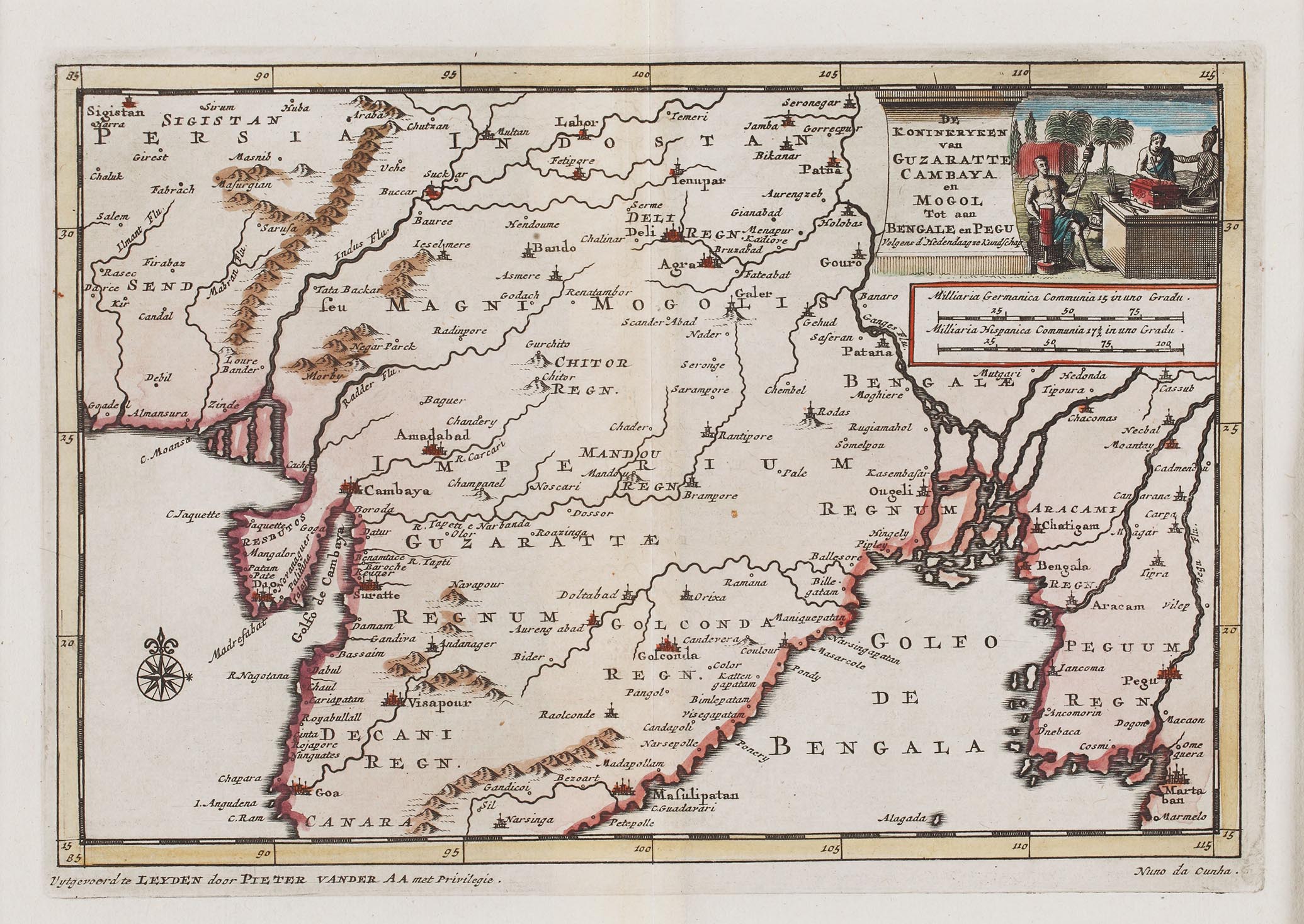
Map of Gujarat and Gulf of Khambat (Cambay) based on the accounts of Portuguese admiral Nuno da Cunha, who was in India 1528-1538 CE. © Sarmaya Arts Foundation (2017.14.11)
A little sweet, a little salty. Like the beloved Gujarati breakfast of jalebi-fafda, the contrasting flavours of this region give its cultures an irresistible piquancy. How delightful is it that the state that produces the most salt in India also has the most legendary sweet tooth?
Here are some more facts about Gujarat to pique your curiosity about the Indian state with a lion’s share of history.
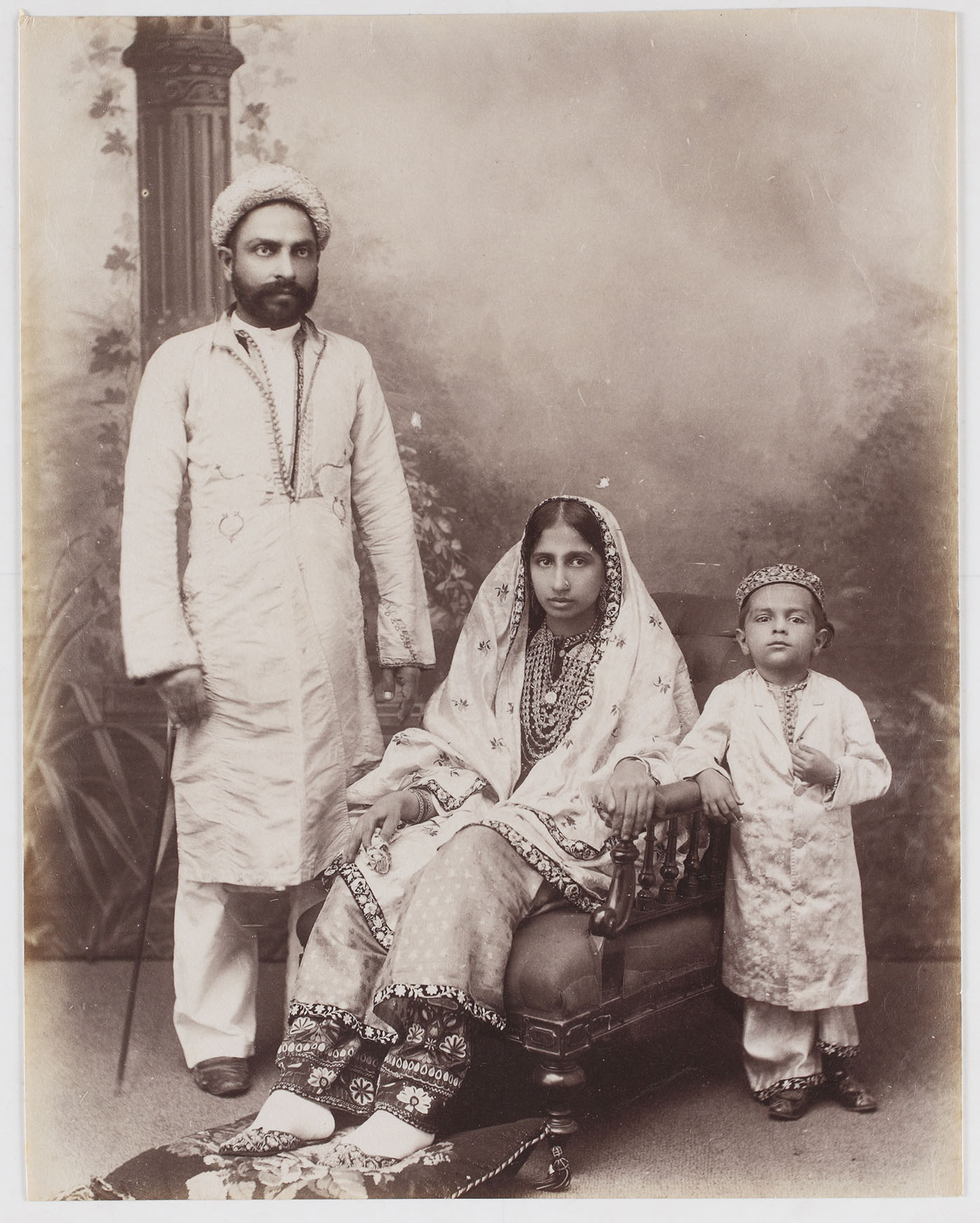
Bohra Family, Bombay, c.1890s, attributed to Edward Taurines. Image © Sarmaya Arts Foundation
Did you know ‘Gujarat’ comes from ‘gurjar-rashtra’ or Land of the Gurjars, a multilinguistic ethnic community of the west and northwest?
Did you know that Gujarat is home to many seafaring entrepreneurial communities belonging to different faiths? To name a few, there are the Jains, the Parsis, the Muslim communities of Khojas, Bohras and Memons; and the Hindu Banias, Bhatias, Patidars and Lohanas.
Did you know the mercantile community of Dawoodi Bohras gets their name from the Gujarati word ‘vohrvu’ meaning ‘to trade’?
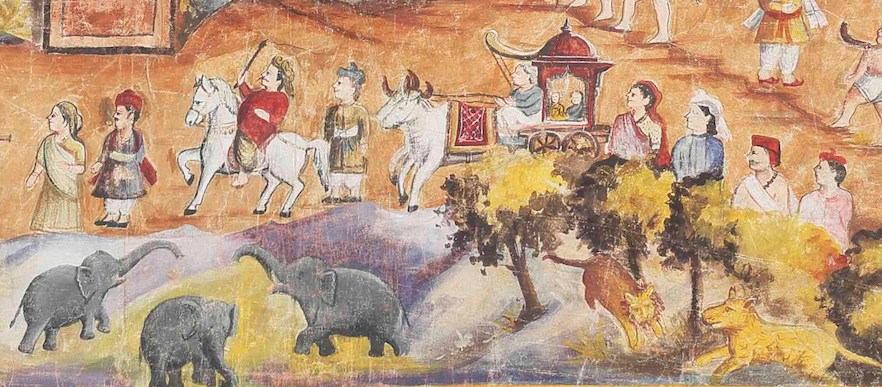
Lions gambolling around Mt Shatrunjaya, located near Sir National Park. From a Shatrunjaya tirtha pata, 20th century, unidentified artist, natural pigments and gouache on cotton cloth © Sarmaya Arts Foundation (2018.13.5)
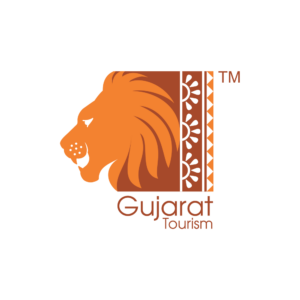
Lion on the logo of Gujarat Tourism
Did you know the first Indians ever to be recorded playing cricket were the Chunavalia Kolis of Jambusar in Bharuch? Or that the ‘father of Indian cricket’ was a Gujarat royal?
Did you know that one of the earliest wildlife protection efforts in India began in Gujarat? The Nawab of Junagadh, Mahbatkhanji II banned the hunting of lions in 1879. His successor Mahabat Khanji III established the sanctuary that would become Gir National Park, the last surviving bastion of the Asiatic lion. Interestingly, the royal family of the Babi Nawabs is also instrumental in conservation of a different kind—Nawabzadi Aaliya Sultana Babi runs the Dinosaur Fossil Park and Museum in Balasinor.
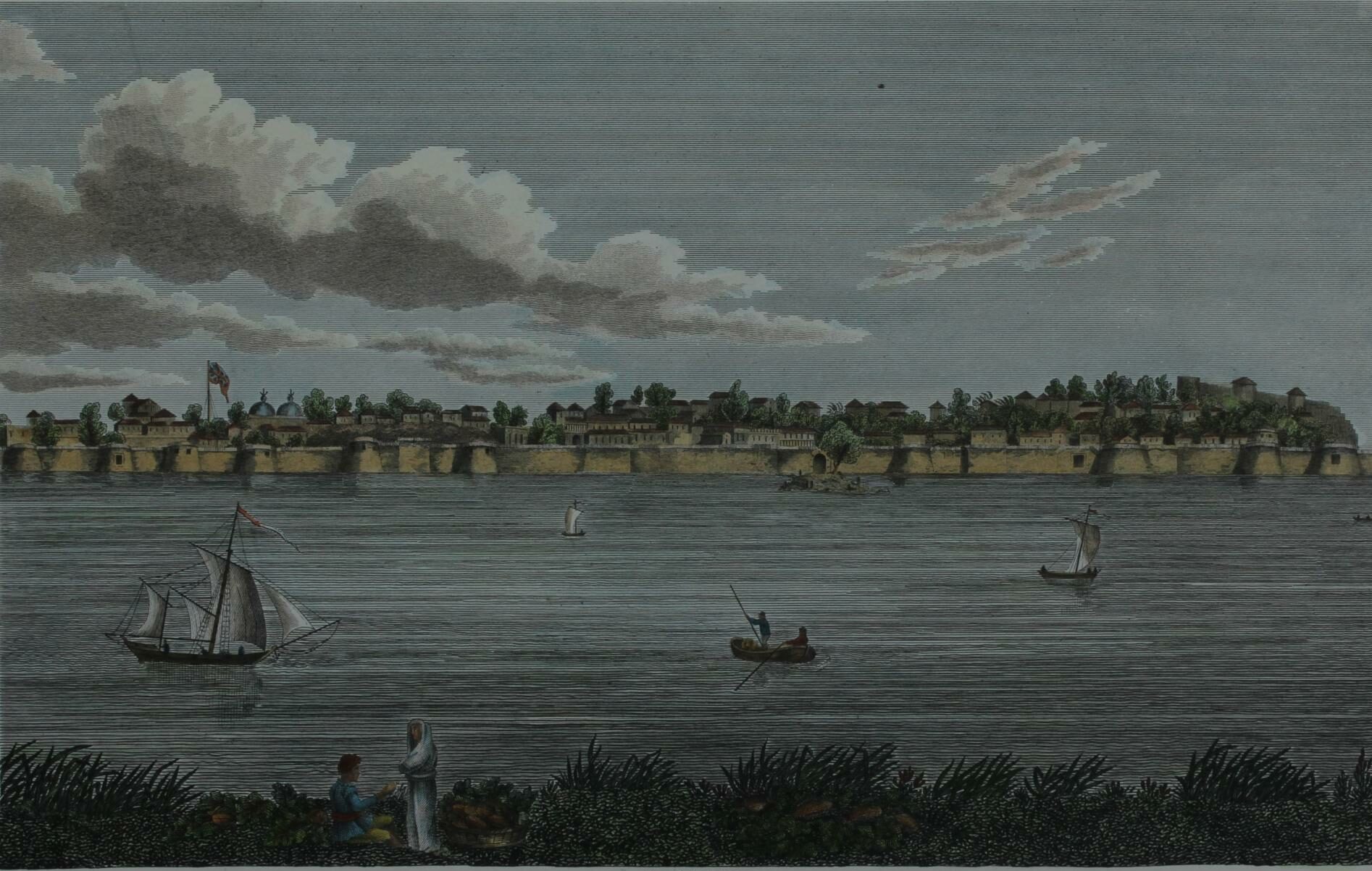
Bharuch,1834, James Forbes (Artist), J. Shury (Engraver), Aquatint, © Sarmaya Arts Foundation (2015.3.42)
Did you know that the Kharavas, Gujarat’s sea-faring community, have many different words to describe sea-wind? A sample: laliyo is wind from any direction; uganiyo is eastern; athamno, western; samal, wind blowing directly against the ship. Kharava comes from the Sanskrit words ‘khara’ meaning salty and ‘va’ from ‘vayu’ meaning wind.
Did you know some historians believe it was a Gujarati seafarer Kanji Malam who guided Vasco da Gama from East Africa to the port of Kozhikode in Kerala?
Did you know that the Ancient Greek name for the prosperous port of Bharuch was ‘Barygaza’ meaning ‘deep treasure’?
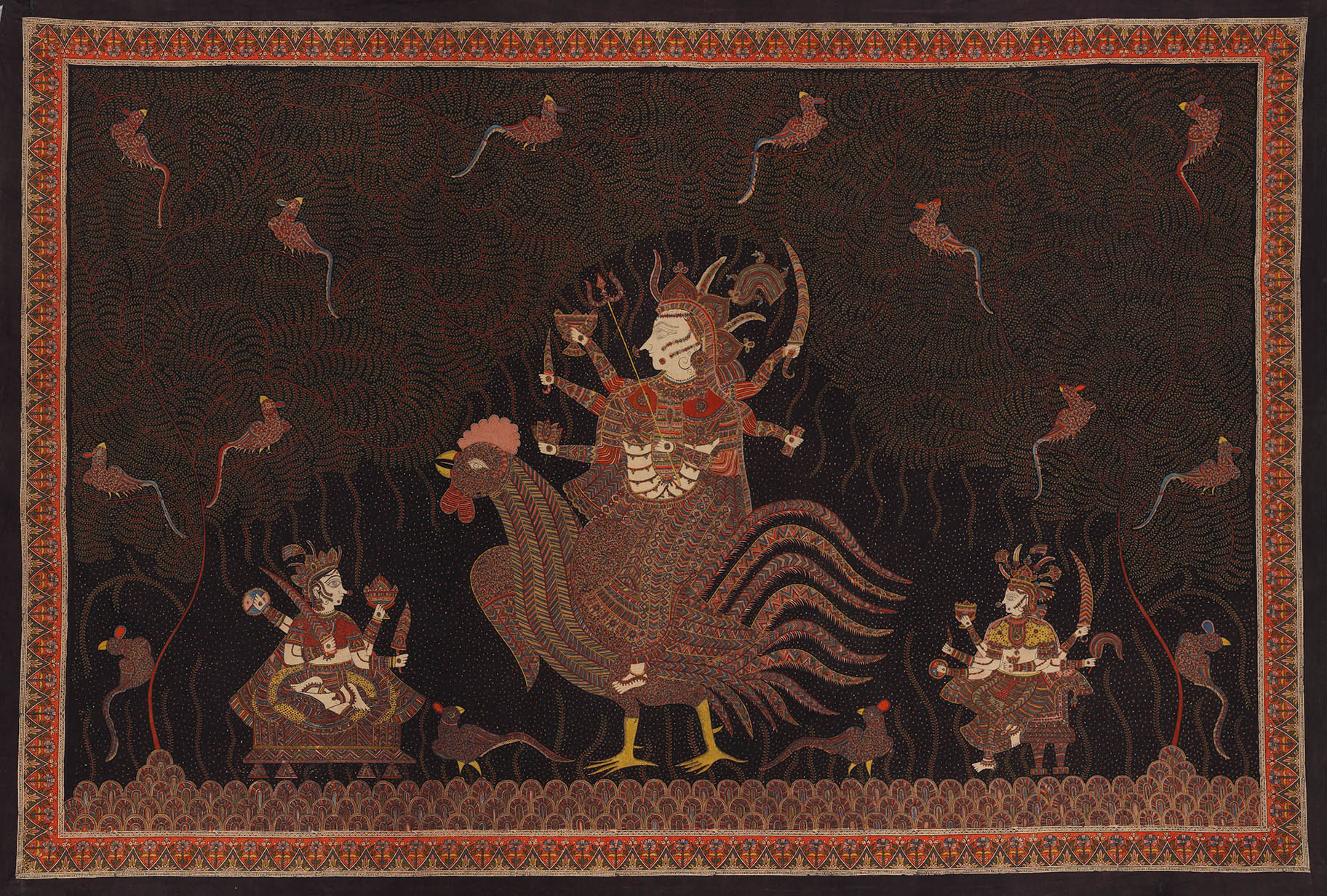
Bahuchara Mata, Cotton cloth hand painted and block printed with natural dyes, Sanjay M Chitara © Sarmaya Arts Foundation (2016.43.1)
Did you know Gujarat’s sailors pray to the Goddess of the Sea, Vahanvati Mata aka Shikotari Mata, to safeguard their voyage?
Speaking of the divine, did you know there’s a town in Gujarat named for the patron saint of transgender people? Becharaji in Mehsana district is best known for its temple to Bahuchara Mata.
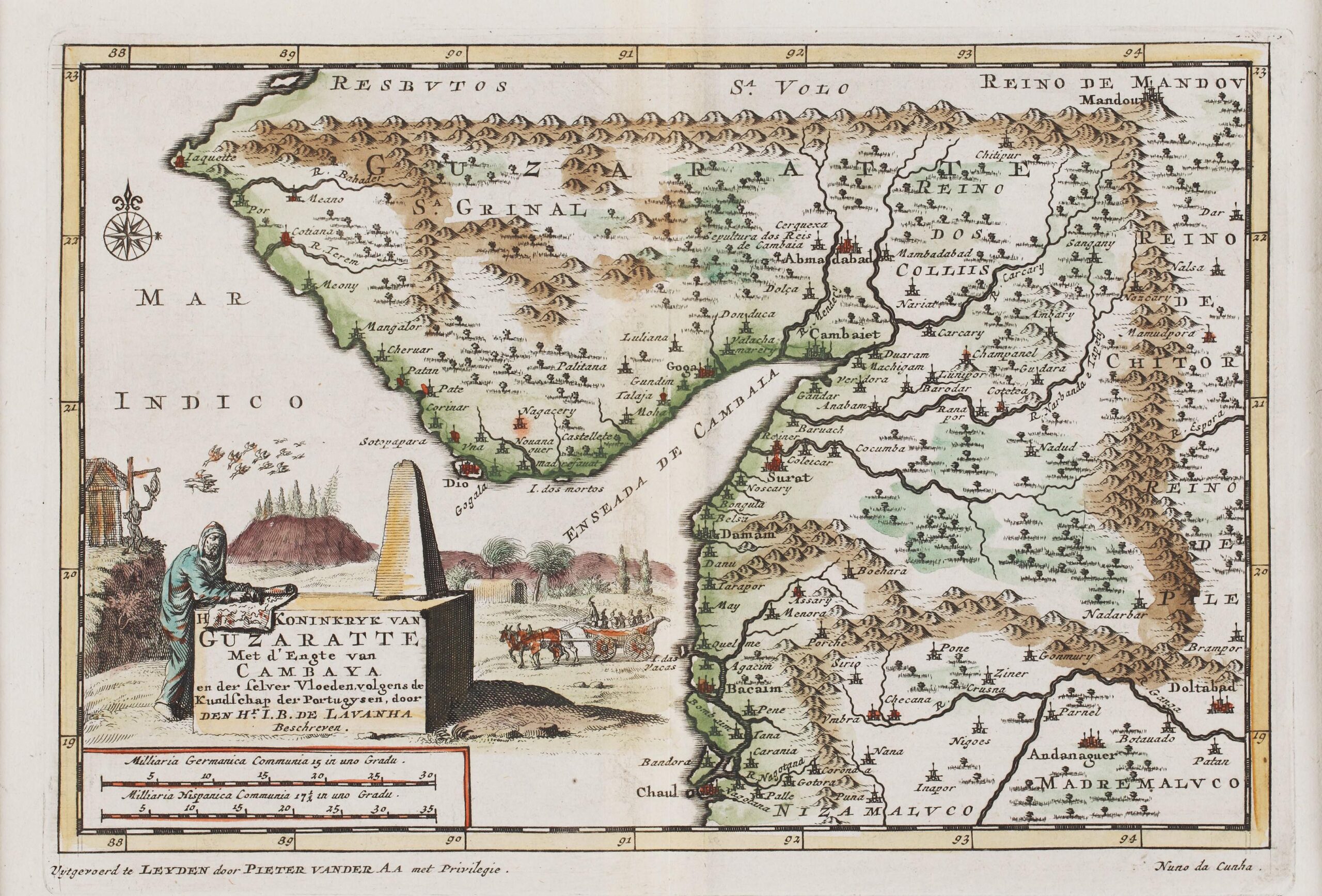
Image: Map of Gujarat and Gulf of Khambat (Cambay) based on the accounts of Portuguese admiral Nuno da Cunha, who was in India 1528-1538 CE. © Sarmaya Arts Foundation (2017.14.10)
Did you know that the double-ikat textiles aka patola of Patan was considered to possess miraculous properties by the people of Indonesia? In Sulawesi, it is called the cloth of ma’a or mawa meaning ‘created by God’.
Did you know Cambay aka the Gulf of Khambat used to be called the “wardrobe that clothes the world” because printed cotton was its chief export?
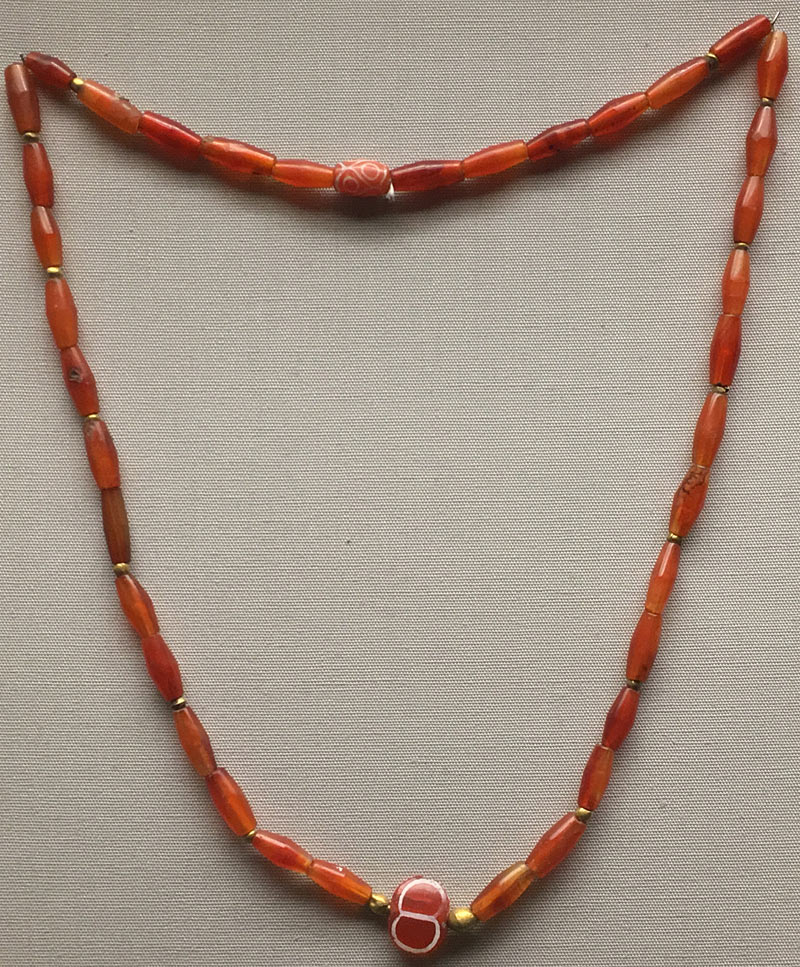
Gold and carnelian beads. “The two beads etched with patterns in white were probably imported from the Indus Valley. They were made by a technique developed by the Harappan civilization.” © 2023 The Trustees of the British Museum
Did you know the Indus Valley aka Harappan Civilisation earned much of its legendary wealth via the generous coastline of Gujarat?
Khambhat had more to offer than clothes—did you know the Vikings wore Gujarati bling? Khambhat was one of the largest centres for stone beads in the world; carnelian beads manufactured here have been excavated from Viking sites in England, Ukraine and Scandinavia.
Speaking of bling, did you know the world’s largest diamond trading hub is in Gujarat? The Surat Diamond Bourse is also housed in the world’s largest office building, which sprawls over 7.1 million sqft.
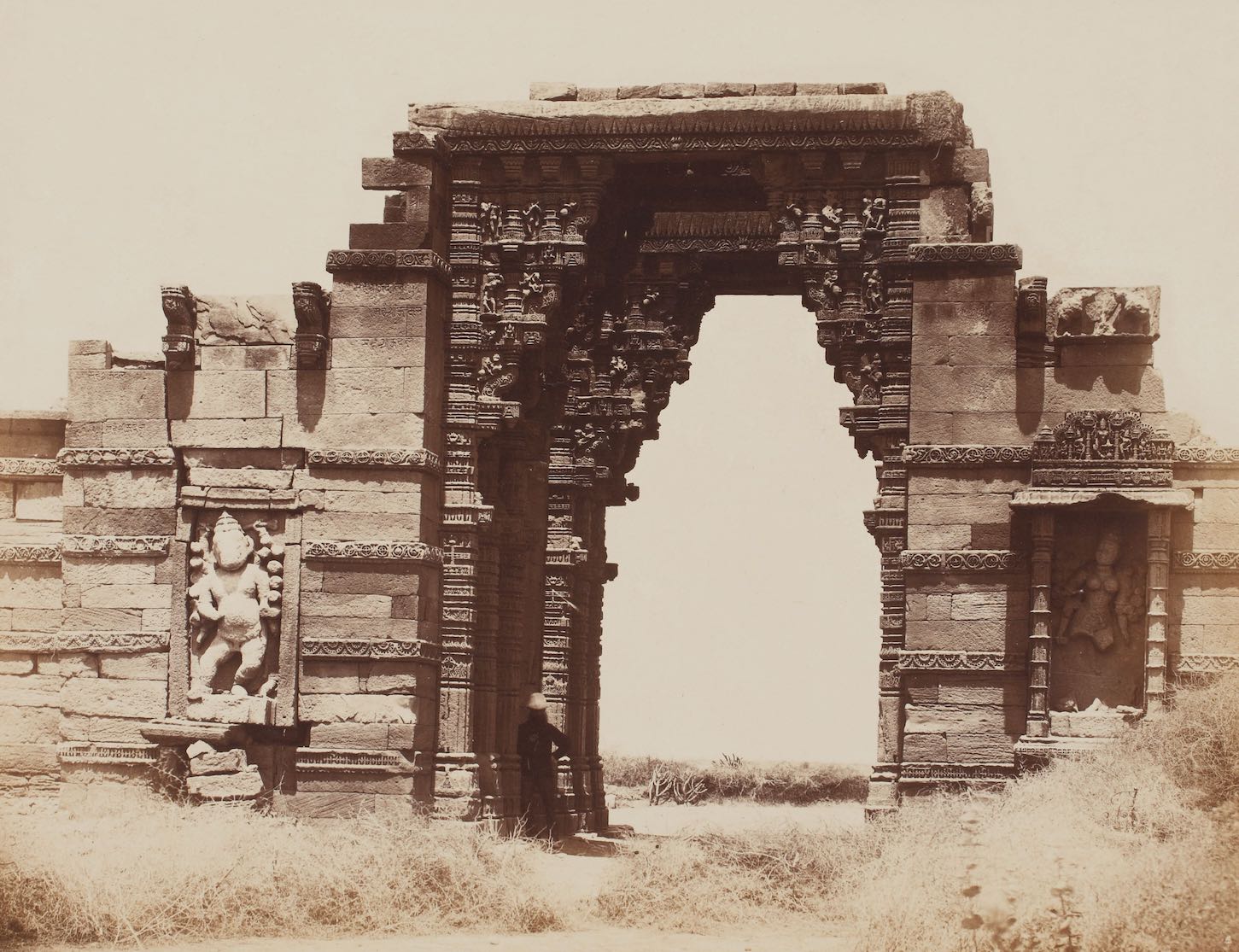
Madapole Gateway of Jhinjuwada Fort, Rann of Kutch, c. 1850-1880, James Burgess © Sarmaya Arts Foundation (2016.2.3)
Did you know Gujarat is home to the world’s first tidal dockyard (Lothal), an ancient ship-building tradition that still survives (Mandvi) and the world’s largest ship-breaking yard (Alang)?
Did you know that the Great Rann of Kutch used to be part of the Arabian Sea till tectonic plates shifted to close off its connection to the sea thousands of years ago? It then turned into a land-locked lake, which eventually evaporated to create vast expanses of salt desert.
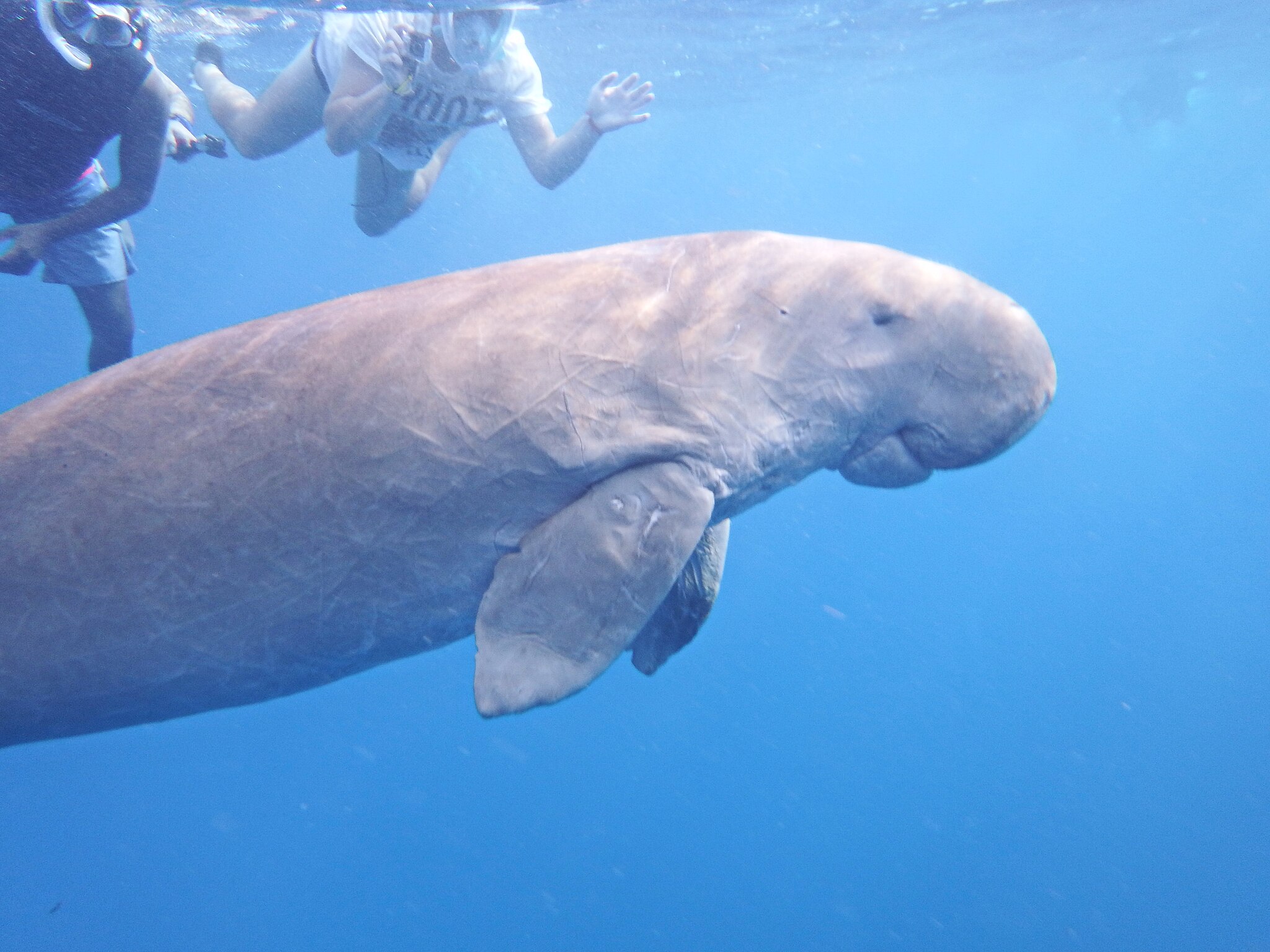
Taken in the Red Sea, Egypt, Marsa Alam by Kora27, CC BY-SA 4.0, via Wikimedia Commons
Did you know that the predominantly vegetarian state of Gujarat houses one of country’s most prolific fishing hubs at Veraval?
Speaking of vegetarians, did you know that Gujarat’s coast hosts the world’s only herbivorous marine mammal? The Marine National Park in the Gulf of Kutch protects a small, declining population of dugongs, aka sea cows.
References
bhanusinh, D. (2006). Junagadh State and its Lions: Conservation in Princely India, 1879–1947. Conservation and Society, 4(4), 522–540.
In a first, a rare Dugong spotted in Gulf of Kutch, Ranjeet Jadhav, Mid-Day
Gujarat’s Khambhat has 5,000-yr-old history of bead-making. It wasn’t just limited to Viking Age, Disha Ahluwalia, The Print
The world’s new largest office building is bigger than the Pentagon, Oscar Holland, CNN
Windows on Gujarat: An Ethno-Technological Reconstruction by Lotika Varadarajan, Rupal Mankad, Himanshu Ajabia, published in Gujarat and the Sea, ed. Lotika Varadarajan, 2011
The Christmas the Kolis took to cricket, Dec 6, 2021, by John Drew, The Daily Star



